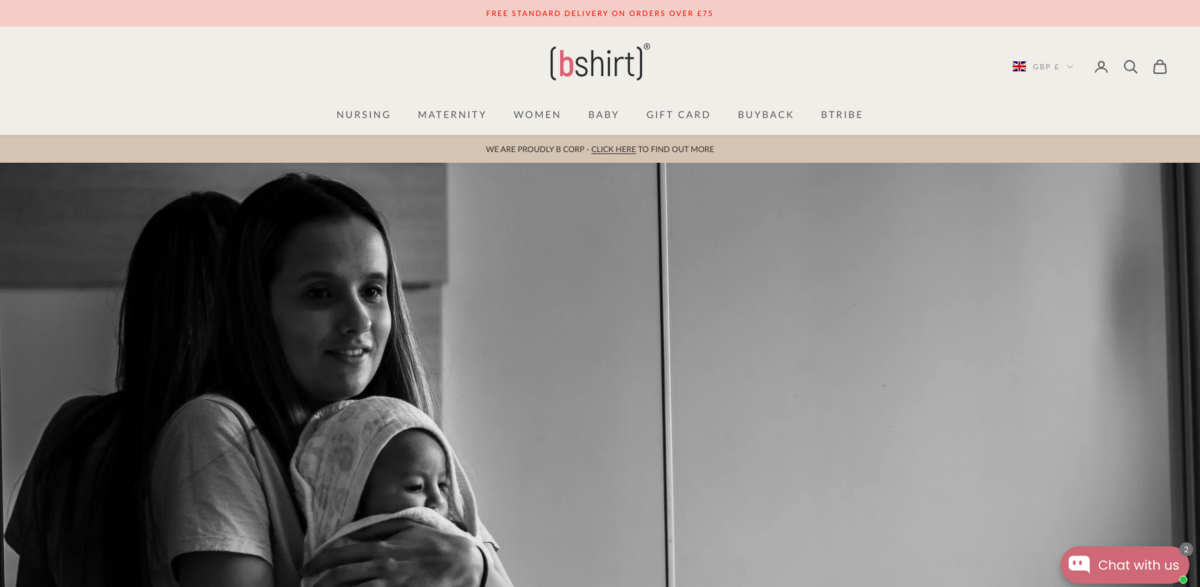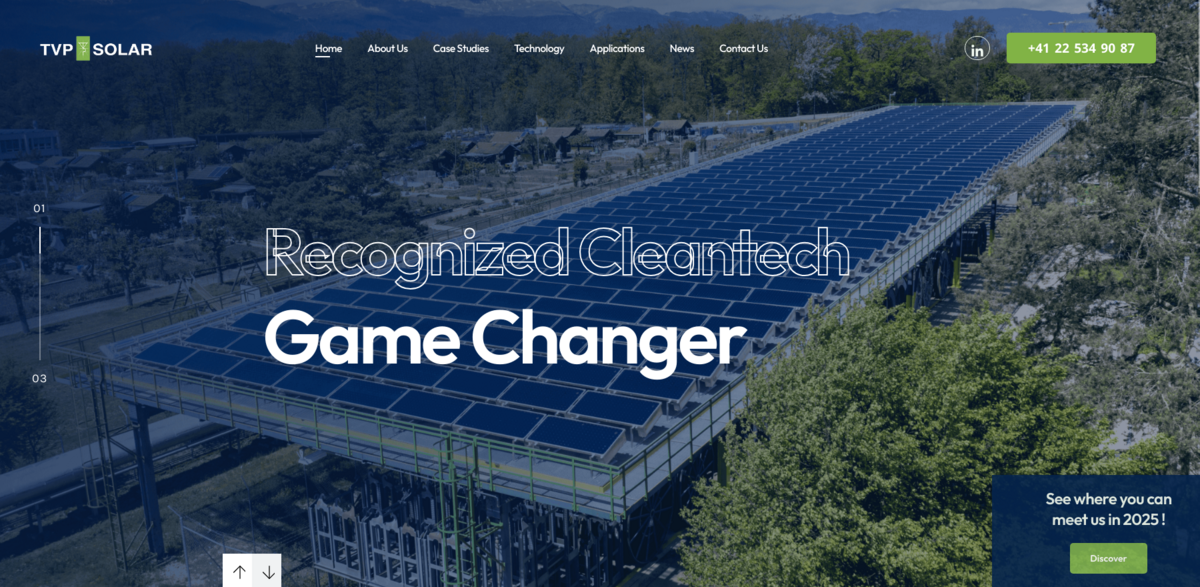What the Project Is
Azuvia is an innovative French start-up specializing in ecological water treatment, inspired by nature’s own processes. The project focuses on the natural treatment of industrial wastewater using the patented Serre-Filtrante® SETEIA system, a breakthrough solution that faces two major challenges: water quality and available quantity. This technology uses biological processes driven by plants and micro-organisms grown in a controlled greenhouse environment. The process, which depollutes water by eliminating severe organic pollutants like nitrates, phosphates, alcohols, and sugars, is as much about nurturing nature as it is about addressing modern water scarcity.
Main Benefit
Key figures and facts highlight the core benefits of this innovative system:
- Recycling of up to 99% of treated water for irrigation, equipment washing, or industrial uses.
- Compact design: only 4 m² is required to treat 1,000 L/day.
- Treatment cycles range from 12 to 48 hours depending on the pollution load.
- Integration of solar panels to reduce energy footprint and potentially achieve energy autonomy.
- Vertical hydroponics enables food production within the same compact structure.
The Ecological Treatment Process
The Serre-Filtrante® is a nature-based solution that intensifies the natural purification processes found in the environment. Industrial wastewater, generated during washing operations, cleaning equipment, rinsing tanks, and various production stages, flows first into an aerated buffer tank after solid residues are removed. This stage smooths out pollution peaks and begins reducing COD via controlled oxygenation. Then, the liquid effluents are sent in batches to the Serre-Filtrante, where bio-purification occurs. Here, bacteria organized in biofilms and plants work in tandem to degrade organic matter, transforming nitrogenous pollutants in a process that is both effective and remarkably ecological… all without resorting to chemical treatments.
Hydroponics and Compact Innovation
Hydroponics is at the heart of the project, where plants are grown in an inert substrate like coconut fiber or clay balls. This method allows for soil-less, vertical cultivation that saves land area and enables multiple layers of growth. The aesthetic and odorless design of the solution means that it not only treats water but does so in a way that guarantees harmonious landscape integration. Operating within a controlled greenhouse, the entire system thrives in optimal conditions—temperature, humidity, and light are maintained to ensure consistent performance throughout the seasons.
Automated and Aesthetic Integration
The system is fully automated and connected, featuring integrated probes that monitor depollution effectiveness in real time. If anomalies are detected, automatic alerts ensure continuous supervision, making maintenance and operation streamlined. Compact modules, occupying about 4 m² each, can be deployed even in constrained sites. Their vegetated, closed structure gives a pleasing visual impact, enhancing the image of industrial and agricultural sites alike—an innovation where efficiency meets beauty in a very tangible manner.
Project Impact
- SDG 6 – Clean Water and Sanitation: Ensuring availability and sustainable management of water.
- SDG 7 – Affordable and Clean Energy: Integration with solar panels promotes renewable energy use.
- SDG 11 – Sustainable Cities and Communities: Compact, aesthetically pleasing solutions support environmentally friendly urban planning.
- SDG 12 – Responsible Consumption and Production: Promotes circular water use and significantly reduces environmental impact.
- SDG 15 – Life on Land: Preservation of local biodiversity and natural habitats.
Future Prospects
Looking forward, the Serre-Filtrante® technology not only provides a concrete response to water scarcity but also paves the way for integrated food production and renewable energy generation. Once treated, water is either safely returned to nature without affecting ecosystems or is reused in various ways—including the irrigation of crops and green spaces. This multi-faceted approach boosts regulatory compliance, enhances the ecological image of sites, and even supports additional uses such as vertical farming. With its minimal surface footprint, automated monitoring, and capacity for aesthetic customization, the solution stands out in industrial wastewater treatment. The uniqueness of the system is underscored by several patents protecting the technology in France and Europe, ensuring that the innovation remains exclusive and ahead of its time.





















